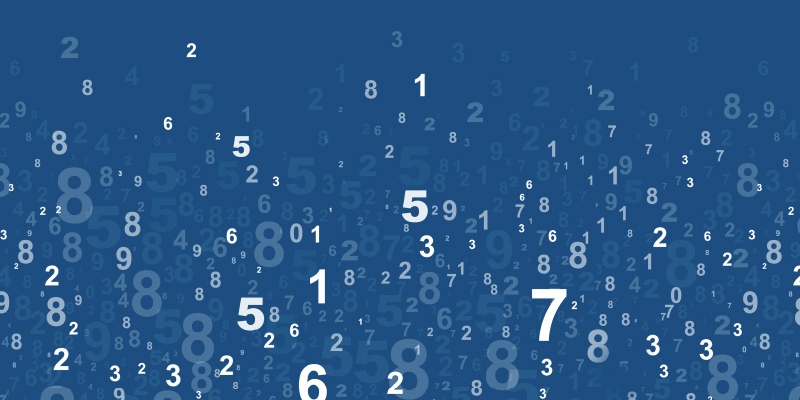Thinking About Poverty Part 2: Counting the Poor—The Empirical Evidence

This essay presents empirical evidence about poverty in Canada. It employs a basic needs approach to defining and measuring poverty and uses three different Statistics Canada databases to help estimate the prevalence of poverty. Specifically, a basic needs approach measures the degree to which households have the basics in terms of food, clothing, shelter, and other basic necessities rather than measuring their income level compared to other households as some measures of poverty. It also examines the weaknesses of both the Statistics Canada data and the basic needs poverty measure. It is important to understand that data is not perfect and no measure of poverty is going to be perfect. With that out of the way, we can focus some attention on the most important findings.
In terms of the incidence of “income poverty,” that is, the number and percentage of Canadian households (and individuals) with reported incomes below the basic needs threshold, data from the three Statistics Canada databases are broadly consistent. Income poverty for households appears to be in the 5 to 7 percent range; for individuals, it is in the 4 to 6 percent range.
Only one of the databases (the Survey of Household Spending) was able to determine consumption poverty—which measures what households consume rather than counting their income. This is important because many low-income households will draw on savings, charity, assistance from family, etc. that assists them but doesn’t appear in income statistics. It found that in 2019 less than 3 percent of Canadians had consumption levels below the basic needs line.
The study tentatively concludes that basic needs poverty is at an all-time low. This is no reason to celebrate; rather it is a reason to ask why and how we have any basic needs poverty at all.
Among the most surprising results coming from the data is that more than half of all poor individuals are single (mainly men) living on their own. This is a fundamental change in the face of poverty over the past two or three decades. However, the evidence also suggests that a number of poor single individuals may be students still in school (mainly college and university).
Also revealing was the result that consumption by poor Canadians does not appear to be as far from the mainstream as some would suggest. The fact that poor households have computers, cellphones, and internet access at rates not too different from non-poor households suggests that claims of “exclusion” might be exaggerated. Finally, it is worth noting that 67 percent of households that fall below the basic needs income threshold maintain that they are “food secure.”
It is important to reiterate a point made frequently in this and the first essay. These results are tentative because they are based on imperfect surveys, databases, and poverty lines. This is no criticism of these instruments. All involved do the best they can with the resources they have available. However, so much about poverty is hidden. This argues for a new approach, one that would take a much deeper look at households and their economic situation and that would give us a better sense of the prevalence of poverty as well as a better understanding of its nature and causes.
This second paper in the series addressing poverty in Canada critically examines evidence related to the number and percentage of poor in Canada.
Author:
More from this study
Subscribe to the Fraser Institute
Get the latest news from the Fraser Institute on the latest research studies, news and events.


